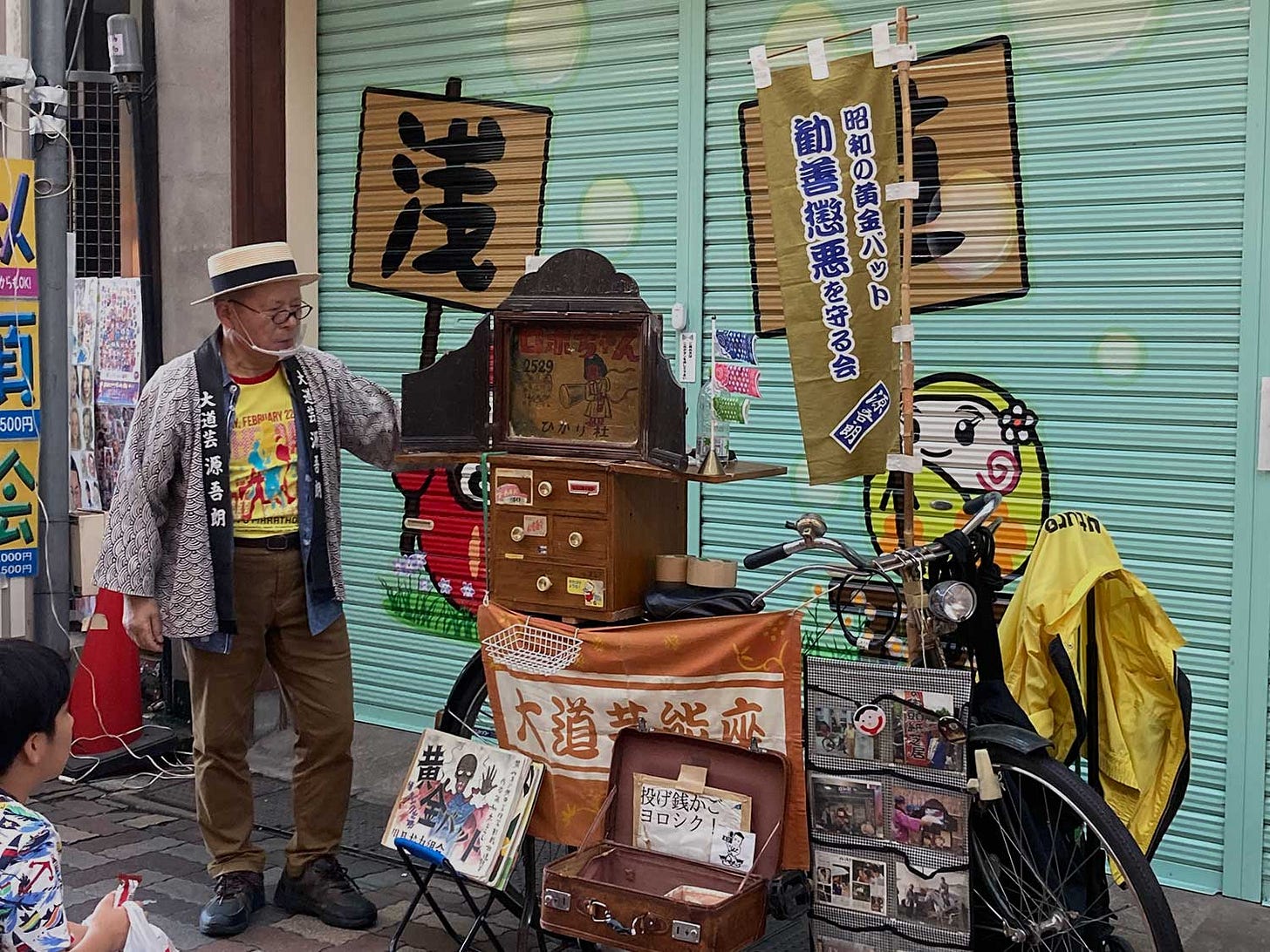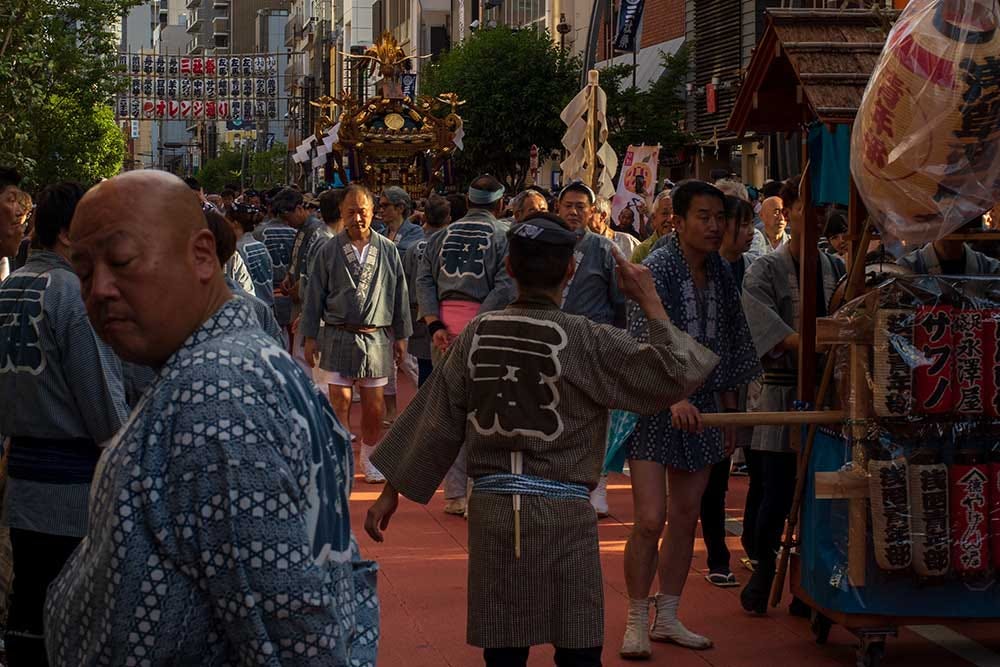Welcome to NOTEBOOK, a cultural guide to art, design and architecture, along with a resource of local news and information in English giving a realistic view of Tokyo and further afield.
05/22 – The G7 summit in Hiroshima concluded yesterday, after discussing Ukraine with its President Volodymyr Zelenskyy who made a highly-publicized visit on Saturday. With all eyes on the summit in Hiroshima, two Chinese coast guard ships slipped into Japanese waters on the same day entering the East China Sea and waters around the disputed Senkaku Islands. And with current affairs dominating every conversation, Japan’s Environment Ministry quietly revealed the country’s greenhouse gas emissions in 2021 rose for the first time in eight years.
Prosperity and fortune are celebrated as part of Sanja Matsuri in Asakusa, one of the three big Shinto festivals that take place in Tokyo, as well as one of the wildest, passing through the streets surrounding Sensō-ji Temple and Asakusa Shrine for the first time in four years.
Festivities began Friday afternoon (May 19) before the event concluding on Sunday (May 21), each day featuring local mikoshi, a small golden temple carried by teams of local volunteers, moving slowly through the streets of Asakusa while heading towards Sensō-ji temple and Asakusa Shrine. Saturday. 44 local neighborhoods took part with mikoshi carried to the temple before being paraded back through each respective neighbourhood as a sign of good luck and prosperity.
Many mikoshi are also pulled by children and we catch sight as these work their way through shopping streets, past Nakamise-dori and up towards Sensō-ji, and listen in on teams of musicians, drummers, and storytellers alike welcome their return.
Much is made of Asakusa being the old heart of the city while its relationship to Yakuza is a history which is labyrinthine and far from black and white in nature. While these are less than clear and open to interpretation what is very clear to see is how Sanja Matsuri is a very public celebration of a fairly secretive world.
The past four years has meant all of this has remained to a certain degree out of sight. celebrating aspects of womanhood and children are also a large part of the festival.
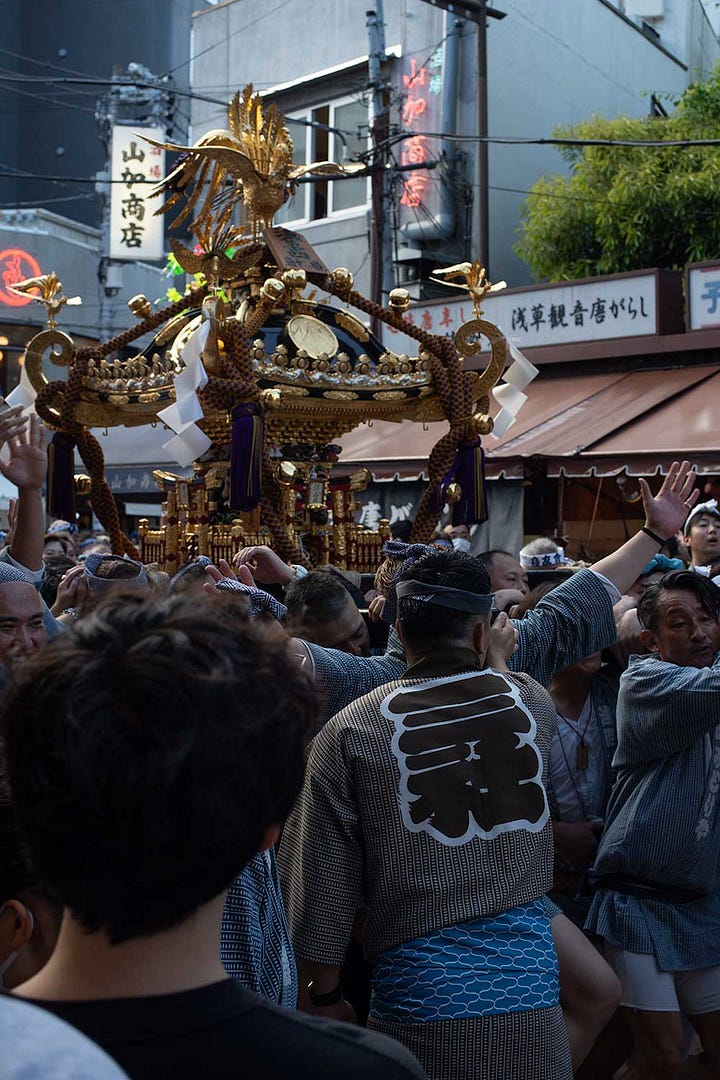
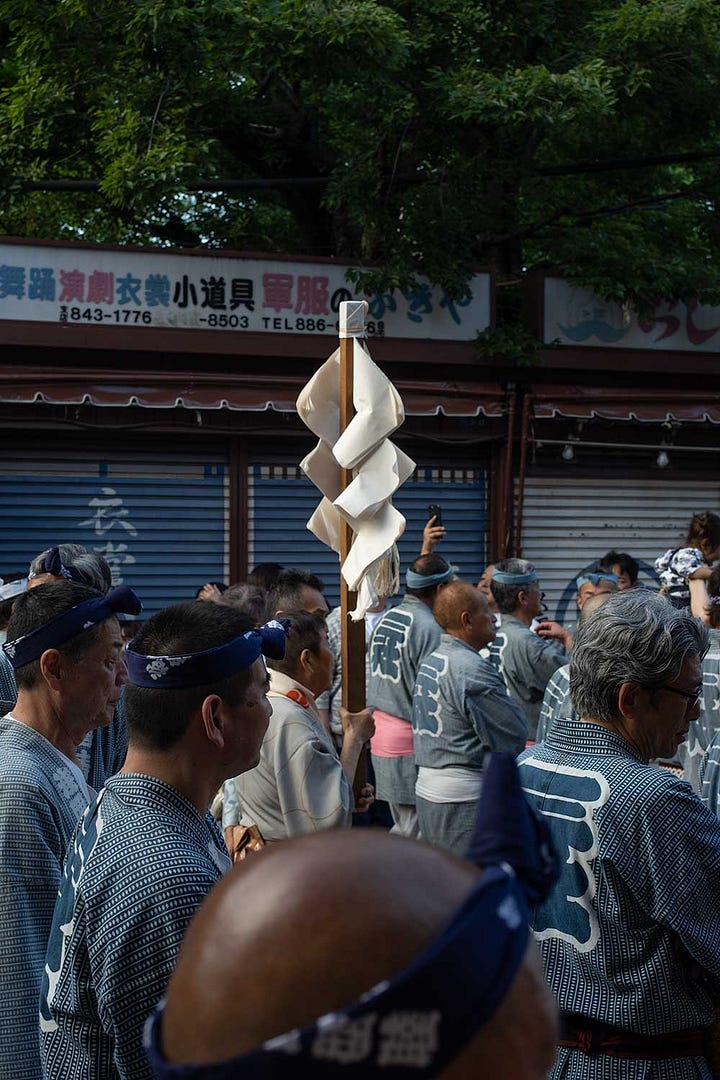

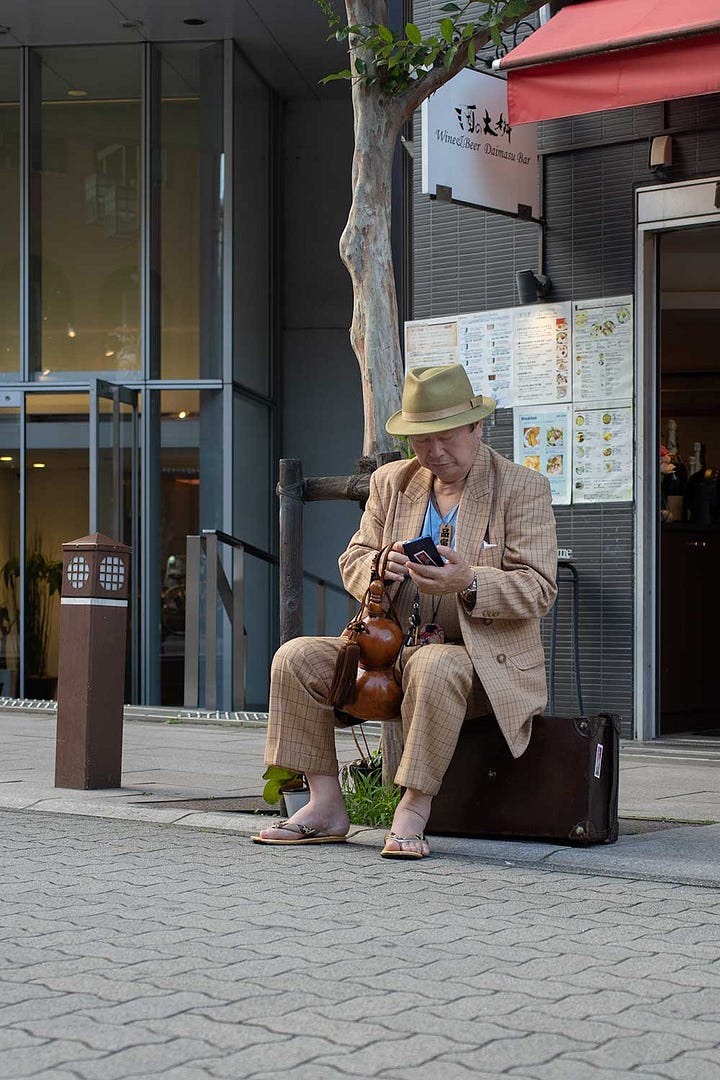
Crowds as well as mikoshi (in the background) crossing Nakamise-dori, and a Tora-san look-alike checking his phone. Tora-san is the much beloved fictional character who starred in a string of films dating back to 1969, that followed a lighthearted traveling salesman through parts of rural Japan seemingly connected from increasingly progressive cities like Tokyo. Tora-san represents a type of unrequited endeavour: a spirit always on the move, unsure of where home is and unable to find love.
A kamishibai “paper play” performed during this year’s Sanya Matsuri. This form of street theatre first emerged during the economic depression of the 1930s during Japan’s Showa Period (1926-1989). The paper illustrations painted by kamishibaika artists date back to this period and the illustrations above more than likely date back to that period.
He was at the end of telling the story of Robo-chan ロボちゃん when we arrived but soon began telling the story of the oldest superhero in Japan which first appeared around 1930. The Golden Bat 黄金バット is invincible, able to defeat every enemy it encounters. It rarely struggles and should it fall into the enemy's trap, quickly escapes to administer some form of justice.
Domestically, the Golden Bat was considered the greatest superhero ever at a time when the heroes of Superman which first appeared in 1938 and Batman which appeared a year later in 1939 didn’t exist. Whether greater or not, the Golden Bat’s anonymity makes it unique for only being almost unheard of outside of Japan.
And yet it emerged at a time of global uncertainty. A global recession devastated parts of the Japan through famine and fire and street theatre and entertainment lightened offered a welcome distraction. It is said to have first appeared around 1930 as a paper-play but its original author remains a mystery. Pre-war Japan had little concept of copyright or the preservation of works aimed at children. Yet, surviving documents point to the first writings of Ichiro Suzuki (pen name of Heitaro Suzuki) illustrated by Takeo Nagamatsu.
As the prewar period gave way to postwar Japan, storylines and settings changed. The one constant though was the rather inscrutable figure of the Golden Bat — with its golden skull-shaped head and high-collared red cape — embodying its singular concern for justice. The Golden Bat was the archetypal anti-hero who was at times both good and evil, unafraid to bend the limits of the law should the need arise. There are echoes of earlier figures like the elusive criminal mastermind Fantômas first created in 1911 but it is unlikely the two were ever related and The Golden Bat remains utterly unique and other-worldly.
The Golden Bat is also one of the first stories of Japanese subculture, beginning as a paper play before evolving into film, television, animation and novels. As mentioned copyright was unheard of in the pre-war period and with works often spread by word-of-mouth, there were as many different settings and stories as there were storytellers, meaning its origins remain nebulous.
Most of the surviving Golden Bat stories stem from the post-war period, and as one might imagine involve protecting the ‘weak’ and ‘innocent’ from the clutches of kaijyu monsters like Godzilla (itself an anti-hero of sorts) and Fascism from what remained of Nazi Germany and the Second World War.
NOTEBOOK episodes are published 3 times a week: Monday, Wednesday, and Friday. We will add things here we couldn’t fit into each episode and use this space as somewhere to answer your questions when your here or thinking of visiting Japan.
It wont necessarily be chronological: we’ll dive back into previous episodes and expand on things that wouldn’t fit — you can only record so much.
We have recently been adding field recordings from different parts of the city, and different parts of the country, while interviews give us a chance to talk with other people on the places they might recommend (or not, for that matter).
And if you have an recommendations or requests, send an email (notebook.podcast@gmail.com) or voice message (speakpipe.com/notebook). Better still, Subscribe and add a comment below. Thanks for listening, thanks for reading, and feel free to use this as your NOTEBOOK.






